Description
The Seymour Duncan 805 Overdrive Pedal is currently retailing at £199 and it is out of stock. Available to be delivered to you by post direct (some charge may apply).The team at Just Pedals think that Seymour Duncan nailed it with the Seymour Duncan 805 Overdrive Pedal.
Many overdrives will claim to be highly versatile though when you plug them in you find out that it is a blues rock tone or a slightly darker blues rock tone that are actually usable. The 805 from Seymour Duncan really does deliver on its claim of versatility. From subtle boosts to full on high gain metal overdrives the 805 sounds great for every style.
Swiss Army Knife of Overdrives
Overdrive pedals are an essential tool for any modern guitarists as people want their rigs to be smaller and lighter. You may not have every drive you need out of a single amp but that is where pedals like the 805 step in. Designed on the MC33178 chip that is not often used in overdrive pedals they managed to create a versatile overdrive that also has great battery life and a long life span.
Part of what makes this such a diverse pedal is its 3 band active EQ section with full control over treble, midrange and bass frequencies. This means you can treat this like you would the overdrive channel on your amplifier while running through a clean channel. Just dial in the right amount of gain and then find the sweet spot on the EQ for your style.
Keep the gain low for light clean like boosts or take it up gradually to experience everything from creamy blues rock up to modern metal crunch gain levels. That is just how diverse this pedal is. No matter what style you play in you can easily dial in the exact sound you want anytime.
Here’s what Seymour Duncan say about the 805 Overdrive Pedal
The 805 is a very transparent, classic Overdrive pedal designed using the chip found in the legendary 808 as a starting point but eventually ending with the MC33178, a chip we felt had superior sonic characteristics along with a lower noise figure and longer battery life. The 805 features an expanded gain range and 3-band active EQ that is not commonly found in 808 style overdrive pedals. It’s so versatile that you can use it for a smooth, lyrical bluesy overdrive one minute and a modern metal crunch the next. We started with the classic overdrive tones we all know and love but we tightened up the bottom end and added more sparkle in the highs as well as more detailed note articulation. Whether you’re after ringing cleans, a subtle boost, fat crunch, or even screaming sustaining solo tones, it’s all in there. And unlike other overdrives that become thin when you refine the gain, the 805’s 3-band active EQ lets you take back control over the low end while also fine-tuning the mids and highs.
The 805 Overdrive can be used to give your sound a boost with full overtones or to provide harmonically rich heavy gain with warm tube character. It’s extensively developed and refined to be the perfect overdrive for pushing the front end of an already distorted amp, giving you plenty of output and tone-shaping capability whether you play hard rock, prog, metal, djent or whatever other heavy styles you’d like to
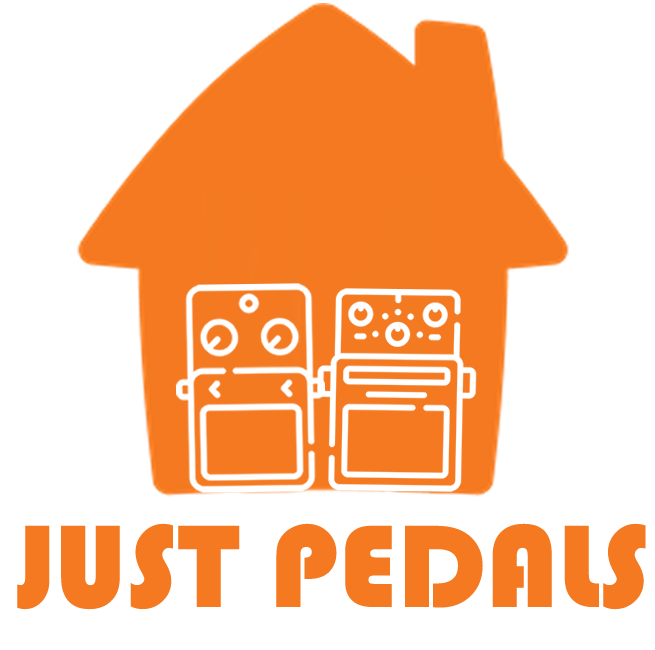
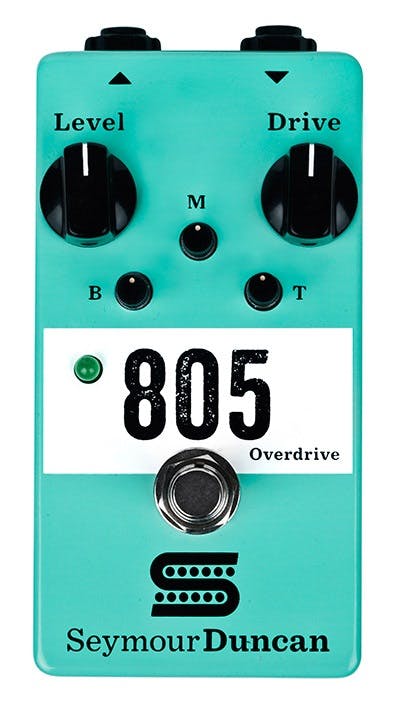

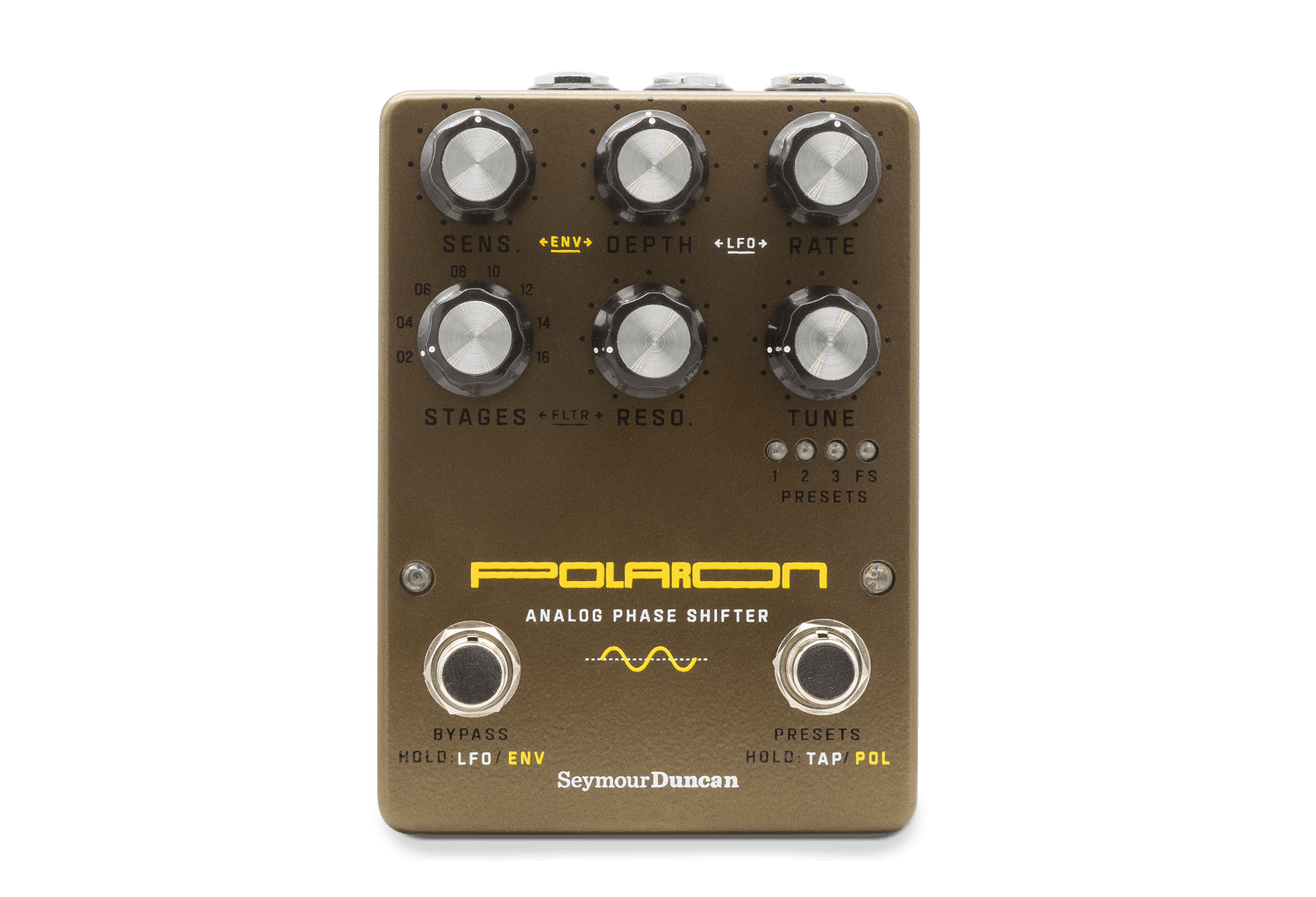
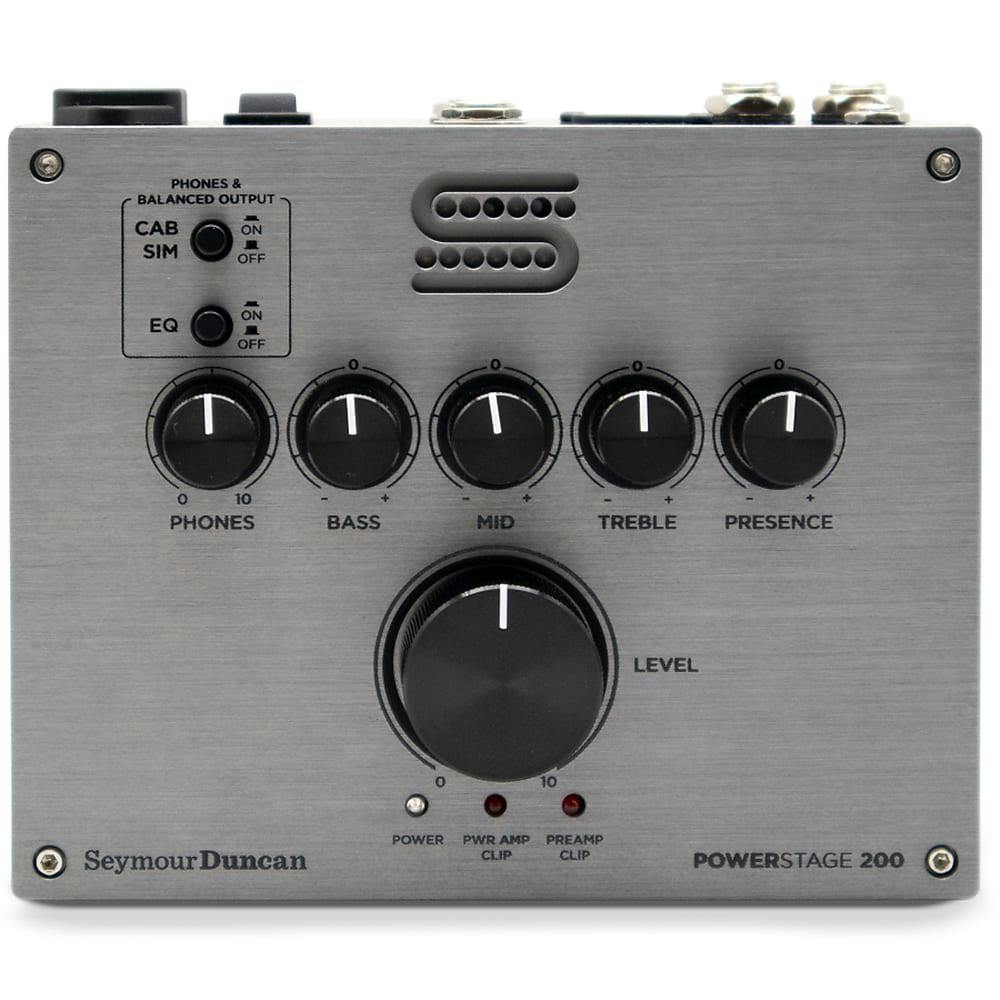


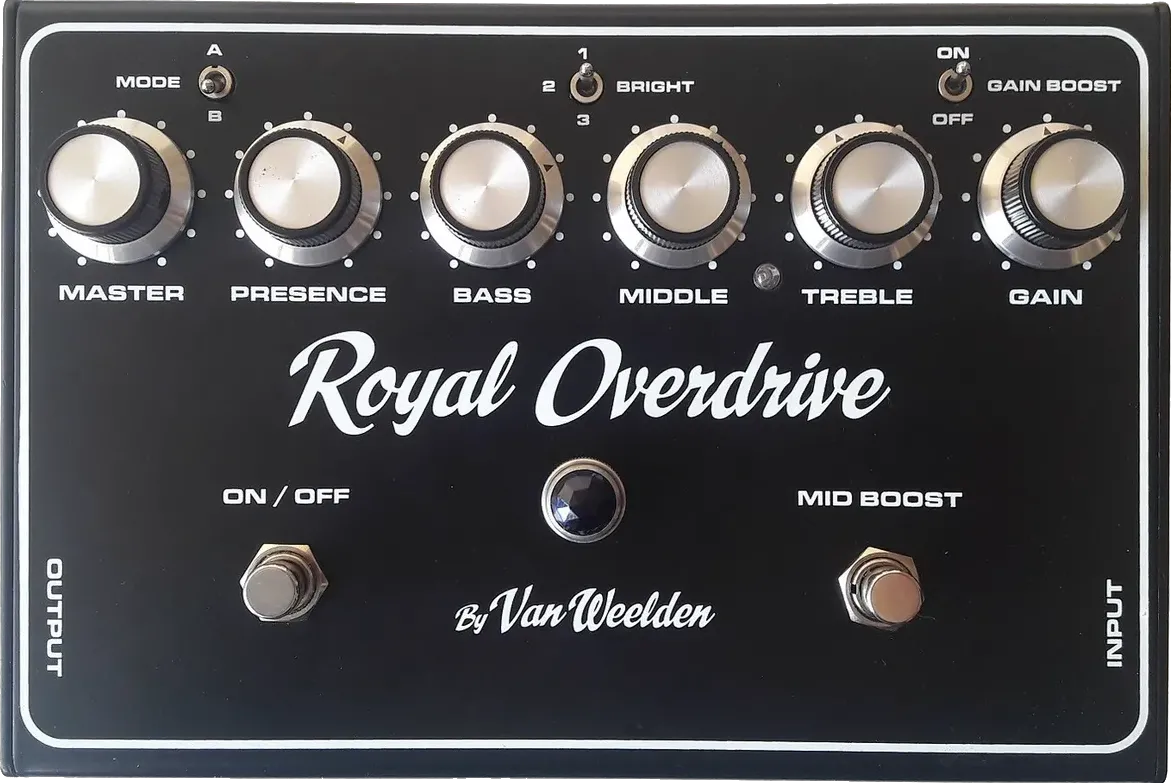
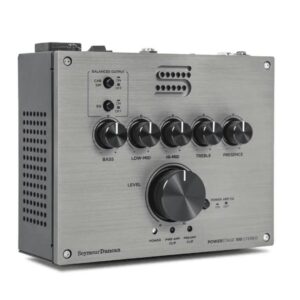
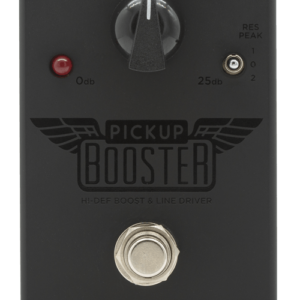
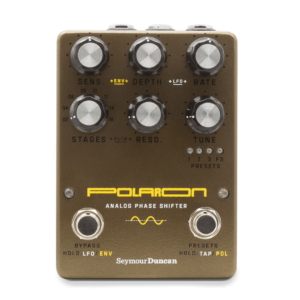
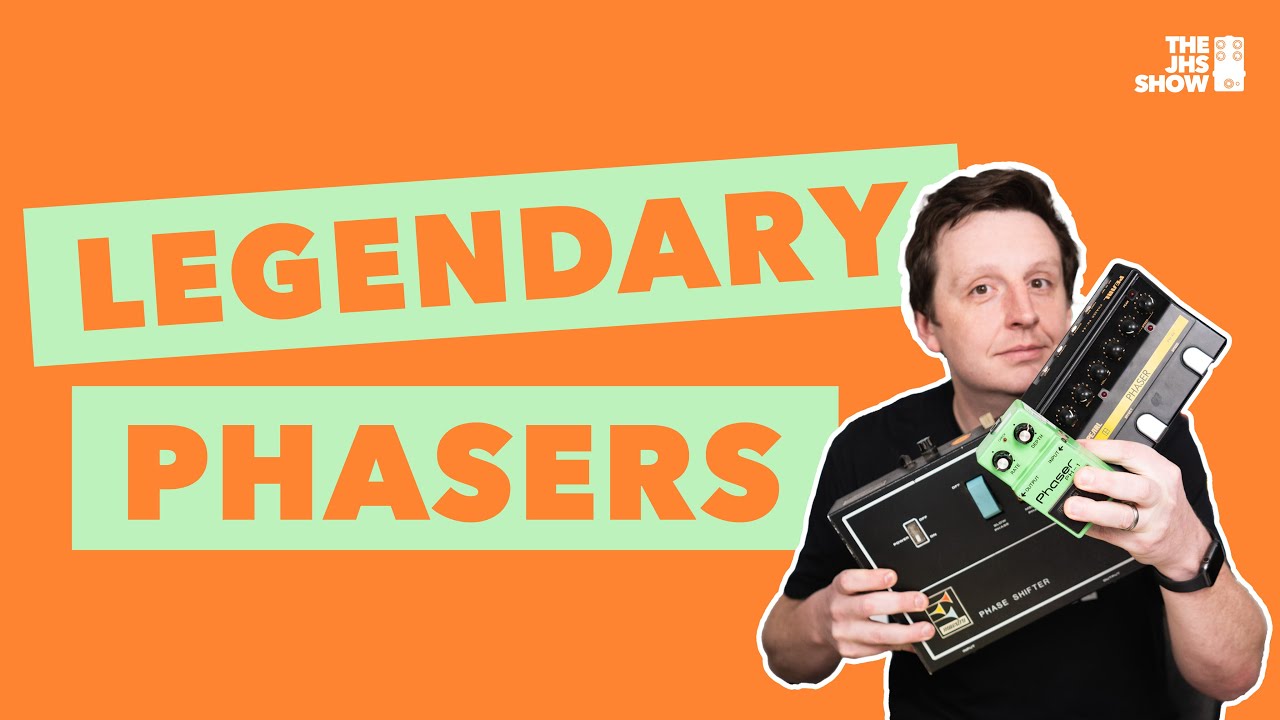
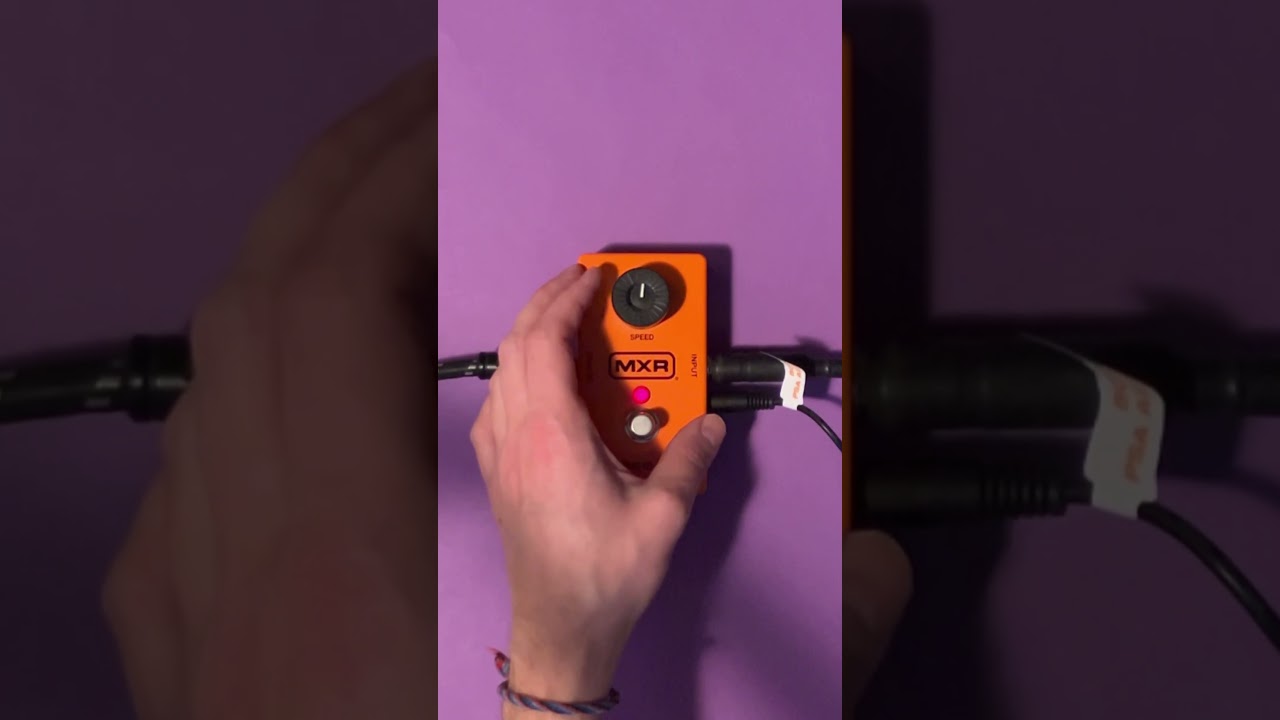
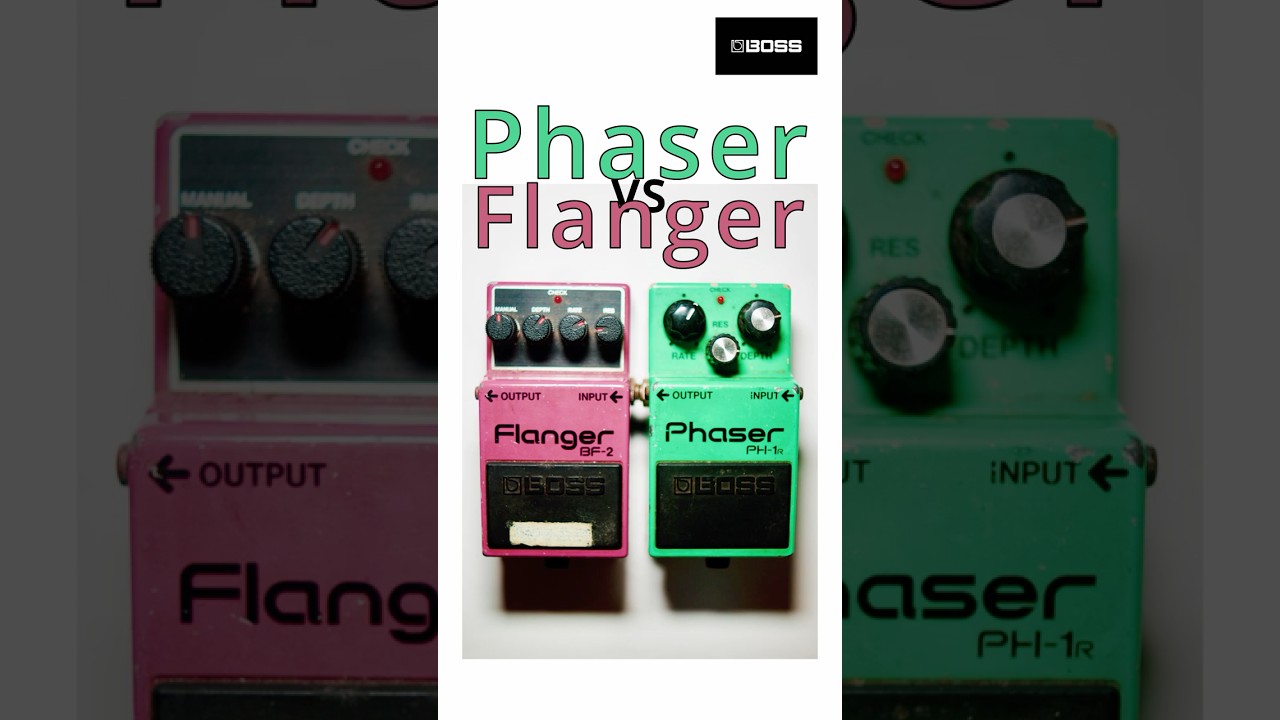
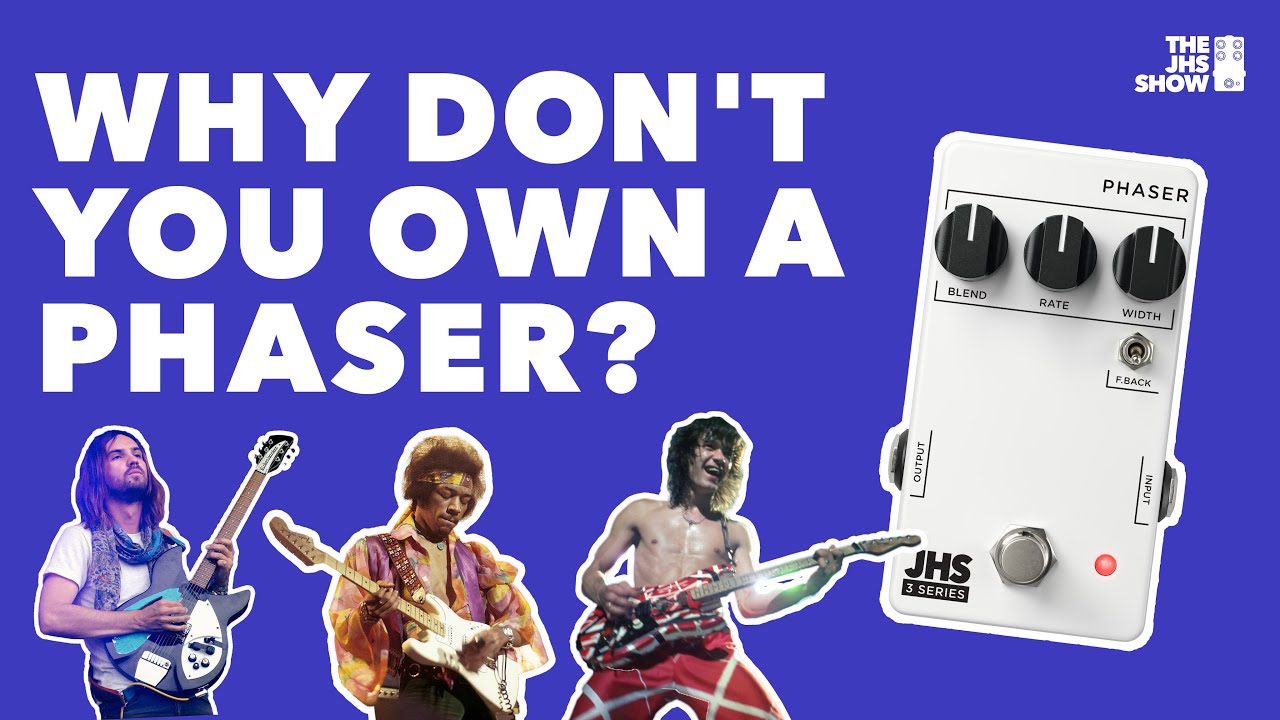





![[Power Specifications] Input voltage: AC 100-240V 50/60Hz, extension cord 5 feet. [Wide use] Widely used in hand-washing counters, Halloween decorations, handheld vacuum cleaners, security equipment, liquid crystal displays, LED lights, light-emittin...](https://m.media-amazon.com/images/I/41LRcg88jPS._SL160_.jpg)









